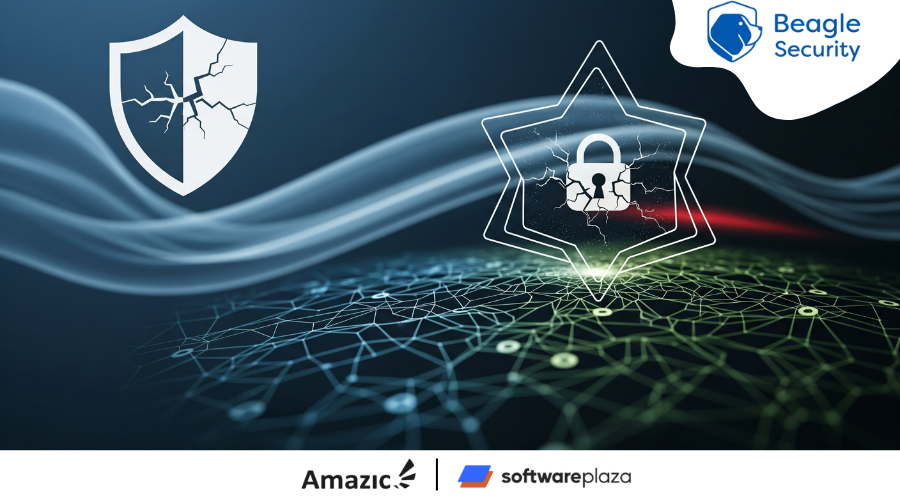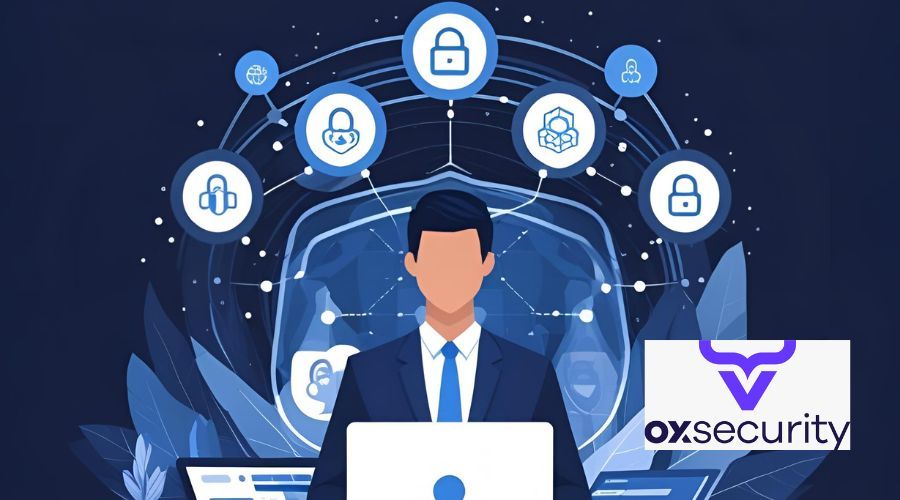It’s an all-too-familiar scenario: a developer deploys a new feature on time, but a security scan flags a critical issue after deployment, halting the release. Everybody’s blood pressure rises. Tensions follow, as precious time and resources are poured into a bottomless pit. Neither team failed, but neither was aligned with the other.
The divide between application security (AppSec) and development teams is one of the most persistent — and underestimated — threats to modern software delivery. What may appear as a simple misalignment is actually a structural and cultural fracture that disrupts productivity, slows innovation, and increases organizational risk.
This disconnect isn’t just a team collaboration issue; it’s a business risk multiplier. When security enters the development cycle too late, it acts as a bottleneck, halting releases and frustrating developers. A persistent tug-of-war emerges where no one wins, and product quality suffers. Worse still, some teams may delay remediation until after deployment, leaving vulnerabilities exposed in production where an exploited weakness can have far-reaching consequences.
At the FS-ISAC 2024 Americas Fall Summit, OX Security conducted a poll to identify the top pain points in AppSec. The results speak volumes: The friction between security and development teams came in first, with 39% of the votes. The second and third pain points – Lack of integration with DevOps tools and Alert fatigue and prioritization were way behind, with 18% and 19% respectively.
This data underscores the pressing need for stronger collaboration and alignment between AppSec and development teams. Without bridging this gap, organizations face costly delays, security vulnerabilities, and degraded product quality.
Disconnected Everything: How Did We Get Here?
The challenge isn’t that developers don’t care about security. It’s that traditional security approaches haven’t adapted to how modern software is built. Understanding the root causes of this disconnect is the first step toward resolution. So, how did we get here?
1. Misaligned Objectives
Tickets and delivery deadlines drive developers, while AppSec is focused on reducing security risk and ensuring compliance. When performance is measured through different lenses, tensions are inevitable.
2. Disconnected Toolchains
Existing AppSec tools are often disconnected from modern developer workflows. They operate outside the pipelines and do not collect and correlate context across the software development life cycle (SDLC), deployment environments, and runtime operations. In this case, a security team might flag a vulnerability, but developers will not be able to trace it back to the exact source code function because it originated from a third-party scanning tool with no integration into their pipeline.
This broken workflow creates friction and delays in identifying and addressing vulnerabilities.
3. Disconnected Worlds
Just as the toolchains, security, and development teams often speak different operational languages and work within different teams. In many companies, a developer receives a ticket that says, “Critical vulnerability in X,” with no root cause, no evidence path, and no remediation guidance. It gets deprioritized or dismissed. With no common language, silos grow and trust erodes.
4. Noise Over Signal
Many security tools flood teams with low-priority alerts, false positives, or duplicative findings. Developers become overwhelmed and desensitized, leading to real threats being overlooked.
5. Reactive Security Practices
When the results of security checks appear only at the end of the software development life cycle (SDLC), rework becomes necessary, wasting time and resources. This outdated approach is at odds with agile delivery models.
Bridging the Gap: From Tension to Collaboration
Healing the AppSec–developer divide requires both cultural transformation and practical action. Below are five strategies to drive meaningful change.
1. Make Security Developer-Centric
- Integrate security scans directly into CI/CD pipelines with SDLC context.
- Deliver real-time feedback within pull requests and code reviews.
- Translate security findings into developer-friendly language with contextual remediation guidance.
2. Prioritize Risk, Not Volume
- To consolidate insights, use application security posture management (ASPM) platforms that include Application Security Testing capabilities across the SDLC. ASPMs should also connect to third-party tools and threat intelligence feeds.
- Rank vulnerabilities based on reachability, exploitability, business impact, and real-time risk, not just CVSS scores or open-source intelligence.
3. Build Shared Ownership
- Promote a “you build it, you secure it” culture by embedding security accountability into development workflows.
- Launch security champion programs within engineering teams.
- Encourage cross-functional collaboration through shared standups and retrospectives.
4. Align Incentives and Metrics
- Recognize secure coding achievements and celebrate proactive risk mitigation.
- Include security objectives in engineering team goals and key performance indicators (KPIs), such as mean time to remediation (MTTR), secure code coverage, and remediation velocity.
5. Create a Culture of Continuous Learning
- Offer role-specific security training for developers.
- Facilitate internal workshops, code reviews, and tabletop exercises.
- Encourage ongoing feedback loops between security and development to drive continuous improvement.
Looking Ahead: A Future of Shared Goals
The future of secure software development lies in uniting AppSec and engineering, not positioning them at odds. Organizations that succeed in this shift will not only improve security outcomes but also accelerate delivery timelines and strengthen product integrity. By reframing security as a partner in innovation, not a barrier, teams can move faster, build better, and secure more.










